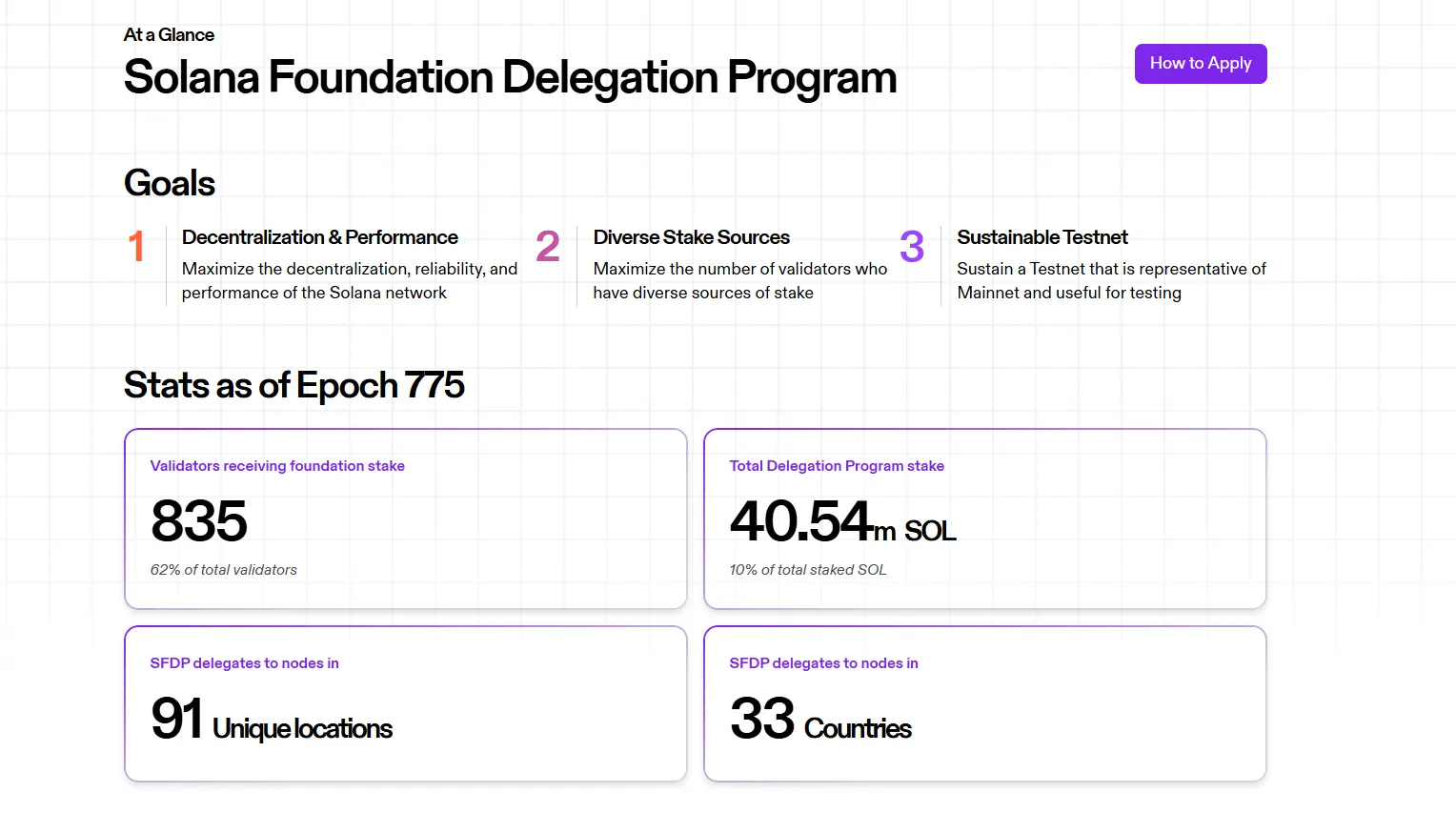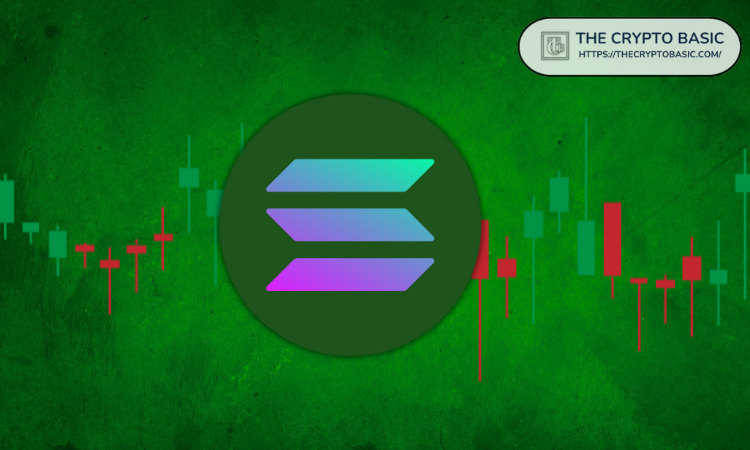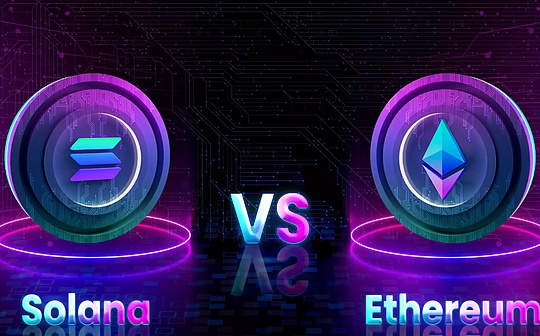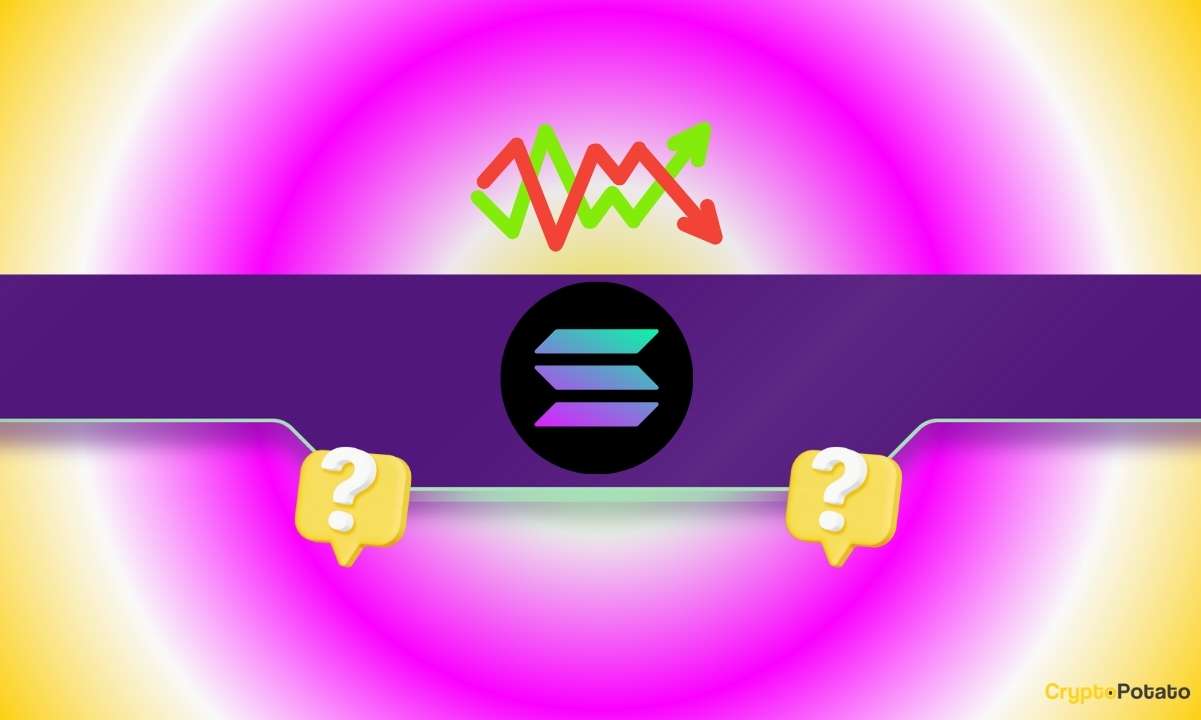Author: Frank,
As SOL ETFs are pushed onto the agenda by institutions, the Solana ecosystem seems to be accelerating the pace of reform of decentralized governance. On April 23, the Solana Foundation introduced a new policy to remove three of them for every new validator added in the Solana Foundation Commissioned Program (SFDP) if some validators are eligible for the Solana Foundation commissioned at least 18 months on the mainnet and have less than 1,000 SOLs pledged outside the Solana Foundation commissioned. Behind these policies, it is attempted to improve validator independence by reducing validators’ dependence on foundations. But it seems that the final result may still be that large-scale small and medium-sized nodes are optimized.
"One in and three out" optimizes the validator structure
The most eye-catching part of the new policy is its replacement rule of “one in and three out.” Specifically, for each new validator addition to the Solana Foundation Commissioned Program (SFDP), three existing validators are removed.
The eligibility criteria for triggering removal are very clear and include two key conditions. First, the time for the verifier to be eligible for the Foundation's delegation must be at least 18 months; second, the external pledges from the Foundation's delegation must be less than 1000 SOL. These two conditions combined precisely point to validators who have long been involved in commissioned programs but have failed to demonstrate their independent viability by attracting community support.
It is worth noting that this policy came into effect immediately after its announcement, indicating that the Solana Foundation is urgently advancing the process of decentralization of the Solana network.

The impact may involve half of the validators
According to official data, as of April 24, 835 validators are currently accepting stakes from the foundation through SFDP, accounting for 62% of the total number of Solana network validators. The total number of SOLs commissioned through the program is approximately 40.5 million SOLs, accounting for 10% of the total SOLs pledged by Solana network.
According to data from Helius in a report at the end of August 2024, about 51% of validators obtained external staking amounts less than 1,000 SOL. If this proportion does not change much, the current number of validators that meet the conditions is about 686. In the future, if these validators fail to attract more SOL stakes, they may be forced to exit the ranks of validators. The reason for such a big impact is mainly because many validators rely on the Solana Foundation's SFDP program to survive.
As for why the foundation’s support is directly related to the life and death of many validators. Let’s review the SFDP program, which is one of the core mechanisms in the Solana ecosystem that supports the development of validator networks. The original intention of this plan was to guide growth in the early stages of the network and lower the entry threshold for validators, especially by providing basic delegations to help validators with less capital participate in consensus and receive rewards, thereby promoting the growth of the number of validators and the overall security of the network.
SFDP supports validators in a variety of ways:
1. Stake Matching: This is a key mechanism to incentivize validators to attract external stakes. The foundation will match the external pledges obtained by the verifier at a 1:1 ratio, with the maximum matching quota of 100,000 SOLs. However, this match is not unlimited. Once the validator's external stake exceeds 1 million SOL, the foundation will no longer provide any delegations (including matching and remaining delegations).
2. Residual Delegation: After completing all staking matching, the remaining SOLs in the SFDP fund pool will be evenly distributed to all other sanctioned validators. According to Helius' analysis, this part of the delegation is currently about 30,000 SOL per validator. However, the foundation has stated that this portion of the remaining delegation is expected to gradually decrease as it increases its investment in community-operated staking pools.
3. Voting Cost Assistance: Running Solana verifiers need to pay continuous voting transaction fees, which is a considerable overhead for new or smaller staking validators (about 1.1 SOL per day). To alleviate this initial burden, SFDP provides a time-limited voting cost subsidy program. For new mainnet validators applying for this support, the foundation covers 100% of the voting costs in the first 45 epochs (about 3 months) after joining the program, and then reduces the coverage of every 45 epochs by 25% until subsidies are stopped after 180 epochs (about 1 year).
Solana falls into a vicious circle of more reforms and more centralization?
According to Laine's 2024 estimate, a verifier will need at least 3,500 SOLs to balance the voting costs, which does not include the cost of more than $45,000 per year for the server. Therefore, it can be said that if the SFDP plan is forced, there will be a large number of small validators who can only choose to shut down.

Fortunately, this plan has two external conditions, that is, it has been joined the SFDP plan for 18 months and when SFDP needs to add a new verifier. This can also be considered a buffering cycle for these validators who do not meet the criteria.
From the perspective of design intention, this plan is to reduce validators' dependence on the Solana Foundation, enhance validator independence and community support, and reduce the outside world's perception that the Solana Foundation has excessively affected the ecology. However, from the possible foreseeable results, if there are no sufficient number or quality of new validators to fill the gap in time after the removed validators exit, or the new validators themselves find it difficult to survive in a highly competitive environment, the total number of validators on the network may decrease, which will in turn harm decentralization.
On April 22, the new SEC chairman Paul Atkins was sworn in. The new chairman close to cryptocurrencies will have 72 crypto-related ETFs awaiting approval after taking office. Although many of them may be difficult to pass, the top SOL, as the most popular token, may be one of the tokens expected to be approved. Judging from the timetable, SOL's last approval date is basically concentrated in October 2025. But the important problem Solana is facing is similar to the reason why Ethereum has been repeatedly delayed before, which is that it is not decentralized enough, which may be judged as a securities. Therefore, this may be one of the main reasons why the Solana network must actively promote the degree of decentralization at the moment.
On the other hand, with more and more institutions in the market recognizing, Solana's network may usher in more and more large validators joining in the future. On April 23, Canadian Stock Exchange-listed SOL Strategies announced that it has received a convertible notes financing of up to $500 million, which will be used specifically to purchase SOL and pledge it on the validator nodes operated by the company. On the same day, DeFi Development Corporation, another US listed company, announced that it would increase its total SOL position to 317,000 pieces, and plans to hold it for a long time and participate in pledge to obtain profits.
In the final analysis, whether it is the SIMD-0228 proposal that was previously overthrown or the current "new policy" of the Solana Foundation, and more and more institutions entering the market, the final direct result seems to be that small and medium-sized validators are frustrated, and the threshold seems to be getting higher and higher. This result seems to be of no help in promoting decentralization. For Solana, how to lower the threshold for validators may be the attitude to truly promote decentralization.
















No comments yet